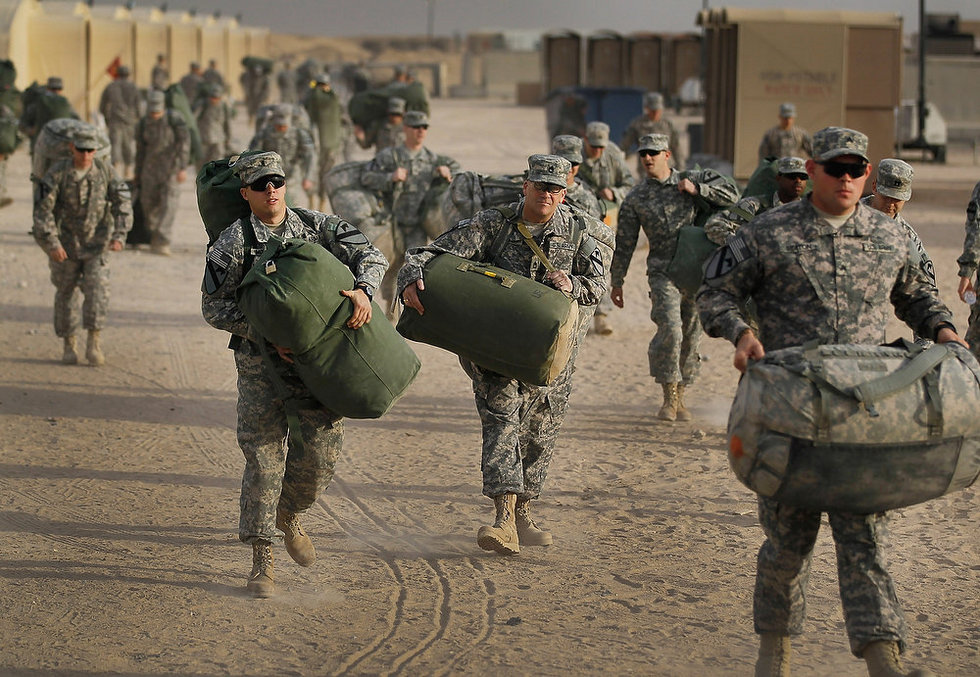
From Paul McLeary, Defense News: Even as the U.S. Army’s contingent in Europe continues to shrink — losing 10,000 more soldiers to reach a postwar low of 30,000 by 2015 — service leaders say they actually plan to expand the force’s mission set.
Plans not only call for a series of rotational brigades to provide troops for an emerging NATO rapid response force, but Army leadership is looking at increasing some training activities with NATO partners while the force shifts troops from bases in Germany to Italy. There are also plans to host elements of the Colorado-based 10th Special Forces Group, which will provide a rapid reaction force to the AFRICOM commander.
The head of U.S. Army Europe (USAREUR), Lt. Gen. Don Campbell, recently outlined these emerging missions during a wide-ranging conversation in which he also detailed the movement of troops between Germany and Italy, which comes as U.S. forces restructure troops on the continent.
By the end of 2013, the 173rd Special Troops Battalion and 173rd Brigade Support Battalion will move from Bamberg, Germany, to the Del Din facility in Vicenza, Italy. This means that even with the U.S. drawdown of 10,000 troops overall, “nobody is leaving Italy,” Campbell stated. In fact, “in the grand scheme of things, we’ll grow numbers in Italy. . . .”
U.S. Army Europe (AREUR) also is slated to play a key role in a new Army initiative this fall, when elements of the 1st Brigade of the 1st Calvary Division head to Europe to act as the command’s first Regionally Aligned Brigade. . . .
Campbell said the 1/1’s brigade headquarters will head for Europe this fall, which he likened to “a combined arms battalion.” The rotational force mix is one that AREUR is planning on making a permanent part of its operations, with about “two rotations a year, somewhere around 60 days [each], but we want to kick off the first rotation this fall, probably right after the beginning of the fiscal year,” Campbell said.
The 1/1’s rotation looks to be busy. Not only will it assume a role as part of NATO’s Quick Reaction Force, where it will work “to address alliance missions from a training and readiness standpoint,” but it will also keep up a busy training schedule. (photo: Joe Raedle/Getty)
Image: getty%203%2019%2013%201%20Division.jpg
